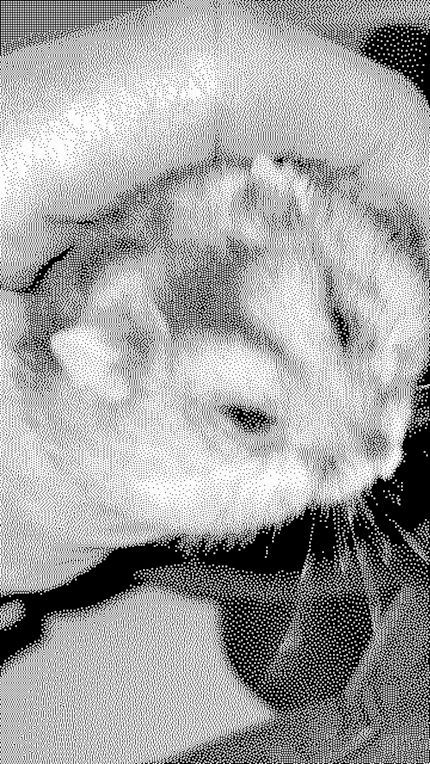
Guide
HEIF: a great file format that nobody expected
by David Lee

The World Wide Web Consortium W3C has published a new specification for the PNG image format. It greatly expands the possibilities. Nevertheless, PNG is likely to remain just one of many formats.
PNG is one of the three most common image formats on the web alongside JPEG and GIF. It is also occasionally used outside of the web; for example, Apple saves screenshots in PNG format by default.
Although PNG is the newest of the three formats, it is also around 30 years old. Certain limitations of the format have long been outdated and have now been officially removed with the W3C's PNG 3 specification.
PNG will be fully HDR-capable. Images could already be saved in a higher colour depth than 8 bits. In this respect, PNG met the requirements for HDR. PNG also already knew ICC colour profiles. What was missing, however, was support for CICP. This is a short piece of information in the metadata about which colour space is used. This is necessary for HDR standards such as HLG and HDR10.
For a long time, PNG was not an option for cameras because it did not offer the possibility of saving Exif metadata. In the Exif data, cameras store information about the shot such as exposure time, ISO sensitivity, focal length and aperture, or which camera was used to take the photo. Smartphones also write Exif data to the photos taken and can also store GPS data in them, among other things.
In practice, however, it has been possible to save Exif data in PNGs since 2017. For example, the image viewer «Preview» on the Mac does this: If I export a JPEG as a PNG, the Exif data is retained. But because the last official PNG specification dates back to 2004, Exif is only now officially part of PNG.
The third innovation concerns animated PNGs. In principle, this is also nothing new: the APNG format has existed for animated PNGs since 2004. However, it has never been part of the official PNG specification. This is now changing.
Two of the three new features have existed unofficially for a long time. It remains to be seen how important their official inclusion in the W3C specification will be for future distribution. However, I do not expect PNG to become the dominant format in the near future.
For photography, there are already JPEG, HEIF, DNG and the manufacturers' proprietary RAW formats. Nobody has been waiting for another file format in this area.
On the web, PNG files have one major disadvantage compared to JPEG, which remains the same: they are much larger. This is mainly due to the fact that PNG is compressed losslessly. JPEG, on the other hand, uses lossy compression. At the highest quality level, however, the losses are not visible and still save a lot of storage space. A PNG image is often more than twice as large as a JPEG at the highest quality level.
To compare the space requirements correctly, a common misconception must be dispelled: An 8-bit JPEG is not equivalent to an 8-bit PNG in terms of colour depth, but to a 24-bit PNG. This is because with PNG, all colour channels are added together. Like a JPEG, a 24-bit PNG has three colour channels of 256 colours each, resulting in a total of 16.7 million colours (256×256×256). An 8-bit PNG has only one colour channel in which all 256 colours are stored in a colour palette. It therefore works in a similar way to a GIF.
I think PNG has the best chance of displacing the GIF format. PNG theoretically takes up less space than GIF and browsers support animated PNG. However, it should be easier to create APNGs. Currently, it is not possible to create an animated PNG directly from Photoshop. With GIF it works without any problems.
Because our system can't handle animated PNGs either, here is an animated GIF on the topic «animated PNG».

My interest in IT and writing landed me in tech journalism early on (2000). I want to know how we can use technology without being used. Outside of the office, I’m a keen musician who makes up for lacking talent with excessive enthusiasm.
From the latest iPhone to the return of 80s fashion. The editorial team will help you make sense of it all.
Show all